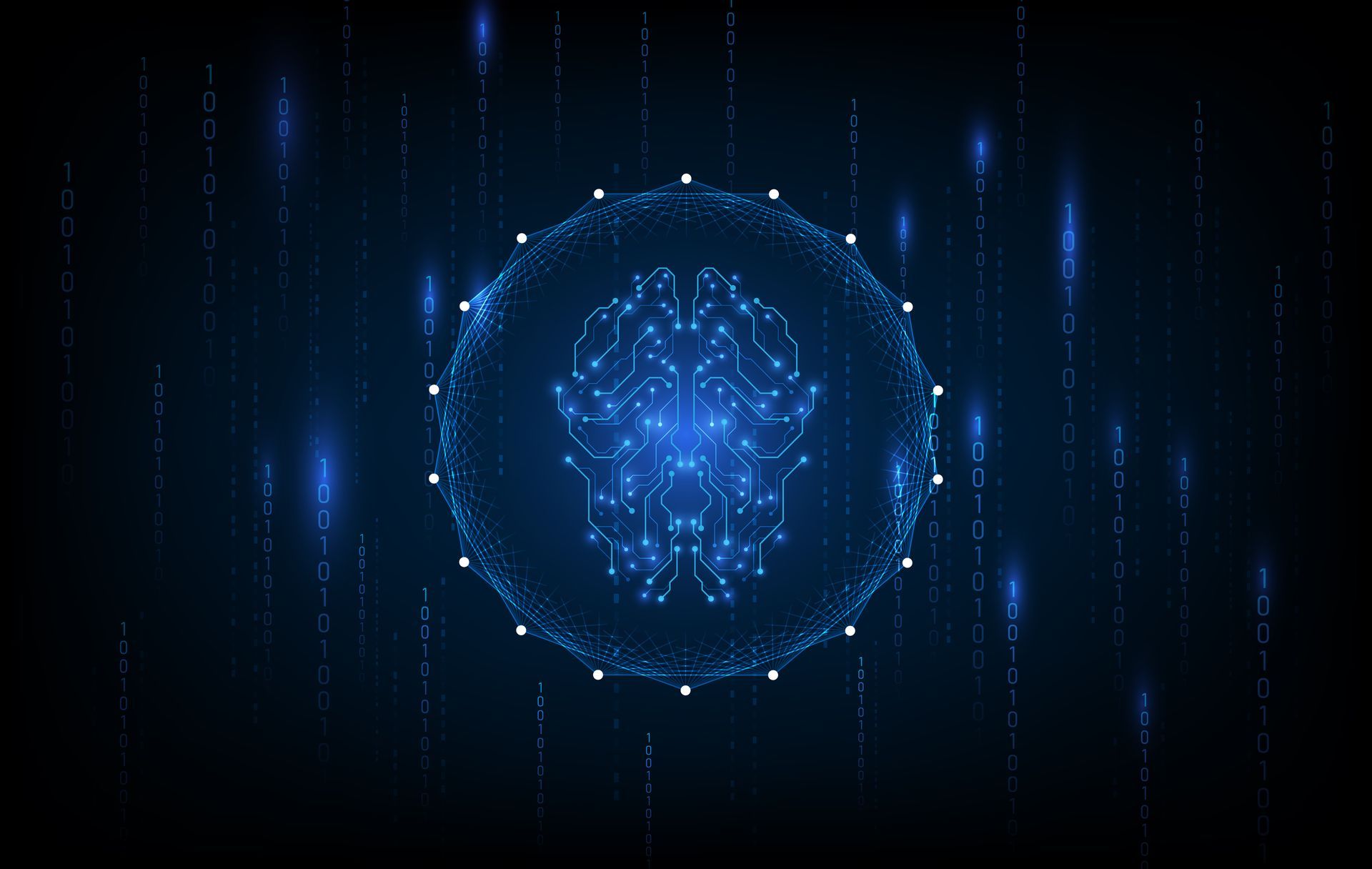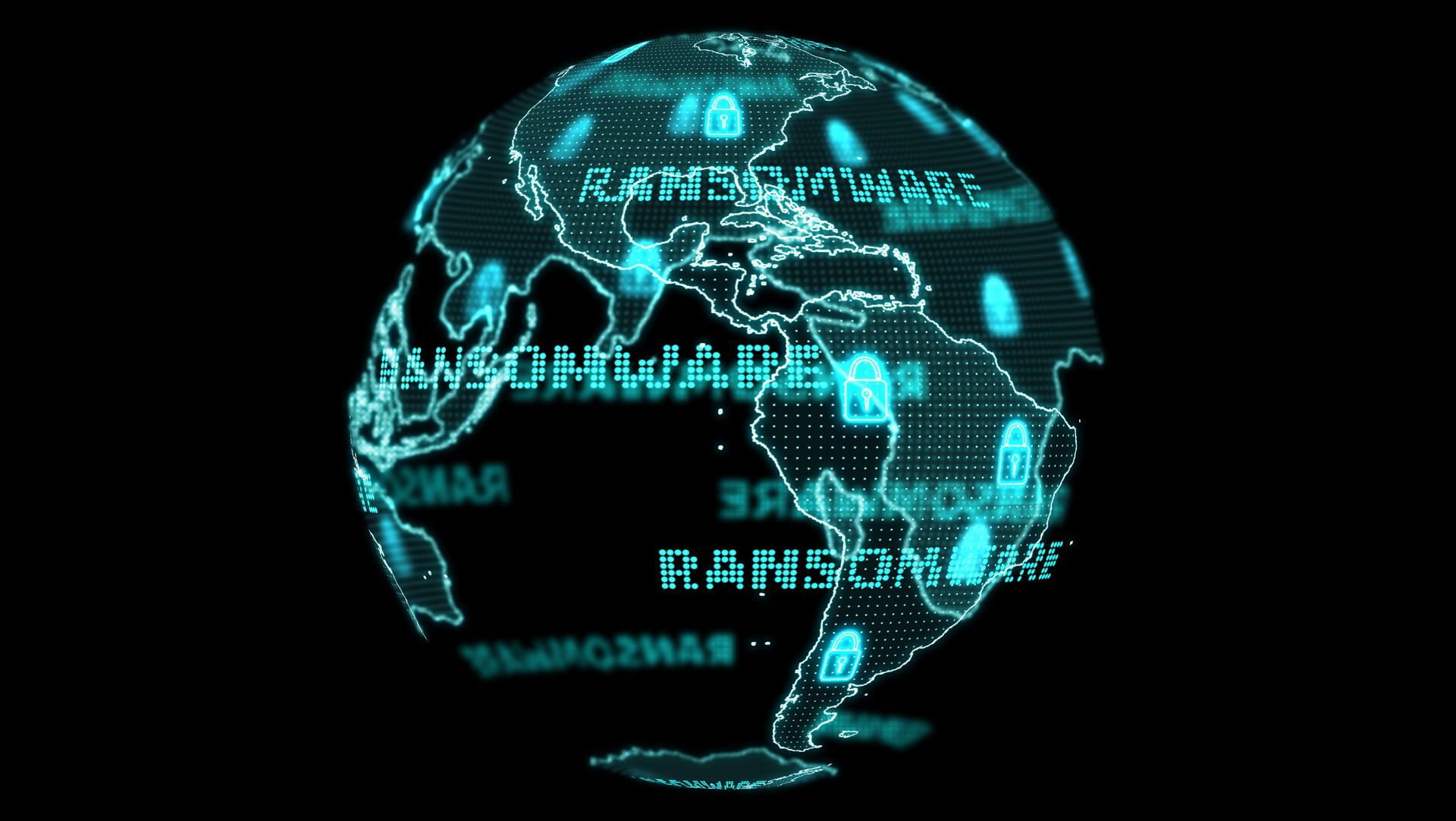Let's talk: +49 (0) 228 50431650 | Mail: info@e2security.de
The missing link in the chain: Cybersecurity in the value chain
For English, please scroll to the end of this blog article
Für Englisch, scrollen Sie bitte an das Ende dieses Blogartikels
Security is often not considered in digitization initiatives or in the best case after implementation only, which results in a major loss of efficiency and causes high costs.
Cybersecurity belongs in the process of digital transformation of companies from the very beginning.
Silo thinking versus digital security
When implementing digitization projects, companies often consider the issue of security only as an afterthought or, in the worst case, not at all. This is particularly due to organizational structures, which means that so-called silo thinking prevails in functionally oriented companies – the fixation on the own department. With its own procedures, opinions or goals. What is missing here is the so-called end-to-end view of the digitization initiative. In addition, there are often politically driven decisions, so that cooperation between different departments is unsatisfactory or non-existent. This is particularly noticeable within individual organizational units, e.g., in IT development and security departments, but also between central units, e.g., IT and business units.
Developers need time and must be trained in security
The time pressure in the implementation of digital transformation projects is enormous. Increasingly, agile development methods such as DevOps or agile are being used to implement results even faster. At the same time, budgets and resources are always tight.
The wheel does not always have to be reinvented; developers often make use of reusing existing code snippets from public sources. This is efficient, but the basis of security for the new software must be considered. Only copy & paste copies the danger from the net at the same time.
Digitalization increases cyberrisks
In recent years, two issues have been revealed in business development that bring rapid and dramatic change. The first aspect is globalization and the demand to act as an international, digital company. The second aspect is the implementation of IT that can react quickly and reliably.
Digitalization is advancing rapidly – but at the same time, the weaknesses of the company’s own cybersecurity are becoming apparent. Cybersecurity staff must be integrated into development teams, improve risk management and apply quantitative risk analyses. Cybersecurity must be built directly into enterprise value chains from the start.
At the heart of cybersecurity are decisions about what risk appetite to accept or how to mitigate them. Traditionally, business leaders have made cyber risk management decisions using a combination of experience, intuition and qualitative analysis. Today, organizations should strengthen their business and technology environments with quantitative risk analysis to make better, fact-based decisions.
TIP: We recommend that companies planning digital transformation projects include security experts in their development teams and train them on their procedures and agile processes from the beginning. We would be happy to support and advise your employees on the secure implementation of digital projects.
Der Beitrag The missing link in the chain: Cybersecurity in the value chain erschien zuerst auf e2 Security.



Let's talk.
You have questions about this article or want a consultation?
Please contact us directly!

e2 Security
Wir treiben die digitale Transformation voran, indem wir Cybersicherheit direkt in die Wertschöpfungskette Ihres Unternehmens integrieren.





